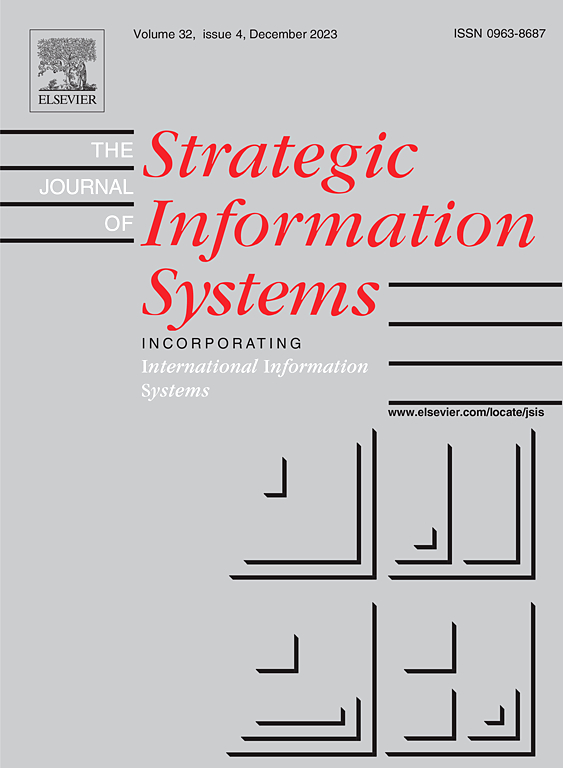Congruence properties for Schmidt type d-fold partition diamonds
IF 1.1
4区 数学
Q4 COMPUTER SCIENCE, THEORY & METHODS
引用次数: 0
Abstract
Recently, Dockery, Jameson, Sellers and Wilson introduced new combinatorial objects called d-fold partition diamonds, which generalize both the classical partition function and the plane partition diamonds of Andrews, Paule and Riese. They also investigated a partition function which counts the number of Schmidt type d-fold partition diamonds of n. They presented the generating functions of and proved several congruences for . At the end of their paper, they posed a conjecture on congruences modulo 7 for and . In this paper, we prove the conjectural congruences for by using two methods: an elementary proof based on a result of Garvan and an algorithmic proof based on the Mathematica package RaduRK by Smoot. We also give an algorithmic proof of the conjectural congruences for by utilizing Smoot's Mathematica package RaduRK. In addition, we prove new infinite families of congruences modulo 7 for and prove that takes integer values with probability 1 for . Moreover, we show that there exist infinitely many integers such that with .
Schmidt型d-fold分割菱形的同余性质
最近,Dockery, Jameson, Sellers和Wilson引入了新的组合对象d-fold配分菱形,它推广了Andrews, Paule和Riese的经典配分函数和平面配分菱形。他们还研究了一个配分函数sd(n),它计算了n的Schmidt型d-fold配分菱形的个数。他们给出了sd(n)的生成函数,并证明了sd(n)的几个同余。在论文的最后,他们提出了一个关于s6k+1(n)和s6k+2(n)的模7同余的猜想。本文用两种方法证明了s6k+1(n)的猜想同余:一种是基于Garvan结果的初等证明,另一种是基于Mathematica软件包RaduRK的Smoot算法证明。我们还利用Smoot的Mathematica软件包RaduRK给出了s6k+2(n)的猜想同余的算法证明。此外,我们证明了s6k+1(n)的模为7的新的无穷同余族,并证明了s6k+1(7n+3)7在n≥0时取整数值的概率为1。并且,我们证明了存在无穷多个整数ri使得s12k+1(ri)≡i(mod13)且0≤i≤12。
本文章由计算机程序翻译,如有差异,请以英文原文为准。
求助全文
约1分钟内获得全文
求助全文
来源期刊

Journal of Symbolic Computation
工程技术-计算机:理论方法
CiteScore
2.10
自引率
14.30%
发文量
75
审稿时长
142 days
期刊介绍:
An international journal, the Journal of Symbolic Computation, founded by Bruno Buchberger in 1985, is directed to mathematicians and computer scientists who have a particular interest in symbolic computation. The journal provides a forum for research in the algorithmic treatment of all types of symbolic objects: objects in formal languages (terms, formulas, programs); algebraic objects (elements in basic number domains, polynomials, residue classes, etc.); and geometrical objects.
It is the explicit goal of the journal to promote the integration of symbolic computation by establishing one common avenue of communication for researchers working in the different subareas. It is also important that the algorithmic achievements of these areas should be made available to the human problem-solver in integrated software systems for symbolic computation. To help this integration, the journal publishes invited tutorial surveys as well as Applications Letters and System Descriptions.
 求助内容:
求助内容: 应助结果提醒方式:
应助结果提醒方式:


